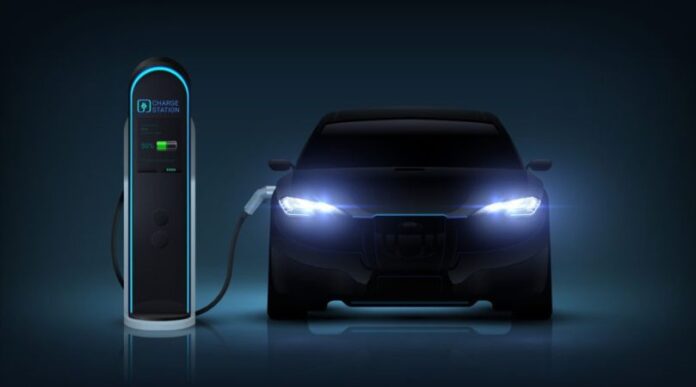Vikas Nimesh & Bibhudutta Sahu
India’s electric mobility industry is gaining significant momentum as the government aims to achieve ambitious EV sales targets by 2030. With a target of 30% for private cars, 70% for commercial vehicles, and 80% for two- and three-wheelers, the government is leaving no stone unturned in addressing the challenges associated with the adoption of e-mobility.
Studies have shown that safety and reliability of EVs and charging infrastructure are significant hurdles in shifting to e-mobility. However, the government’s efforts towards standardisation and testing through the Bureau of Indian Standards (BIS) are critical for the widespread adoption and success of electric vehicles. Alliance for an Energy Efficient Economy (AEEE) is leading the charge in creating awareness about energy efficiency as a valuable resource in India. One of their key strategies is promoting electric mobility as a means of transitioning to a more climate-resilient and energy-secure future.Recently, AEEE launched whitepapers on market transformation of Electric 2 & 3 wheelers in India, which further highlights the importance of Standards and Tests in the EV ecosystem. Through these efforts, the industry can build consumer confidence and ensure that EVs, charging infrastructure, and battery swapping systems are safe, efficient, reliable, and interoperable, paving the way for a more sustainable transportation future in India. Whereas, Safety is of utmost importance as EVs, charging infrastructure, and battery swapping all involve high voltages and potentially dangerous electrical systems. Standardization and testing ensure that these systems are designed and built to meet strict safety standards, thereby reducing the risk of accidents and injuries.
Interoperability is another critical factor. Standardization ensures that EVs, charging infrastructure, and battery swapping systems can work together seamlessly, regardless of the manufacturer. This is vital for the widespread adoption of EVs as it allows drivers to use any charging station or battery swapping system, regardless of the vehicle they own.
Standardization can also improve the efficiency of charging and battery swapping systems. A standardized charging connector can ensure that energy is transferred as efficiently as possible, reducing the time and energy required to charge an EV.
Testing helps to ensure that EVs, charging infrastructure, and battery swapping systems are reliable and perform as expected. This is important for building consumer trust and confidence in these technologies and for reducing the risk of breakdowns or failures that could lead to inconvenience or stranded vehicles.
Overall, standardisation and testing are critical for ensuring that EVs, charging infrastructure, and battery swapping systems are safe, efficient, reliable, and interoperable. Without these measures, the widespread adoption of these technologies could be hindered, and consumers may be hesitant to embrace them.
Despite the challenges, with the government’s continued efforts towards achieving its EV sales target and the adoption of standardized testing and infrastructure, India’s electric mobility industry is poised for a bright future. The North East India initiatives are taken forward in collaboration with Barefoot Trust through various sector specific interventions. The industry holds tremendous potential for job creation, reduced air pollution, and reduced dependence on fossil fuels. India’s ambitious plans for electric mobility could make the country a global leader in sustainable transportation.


